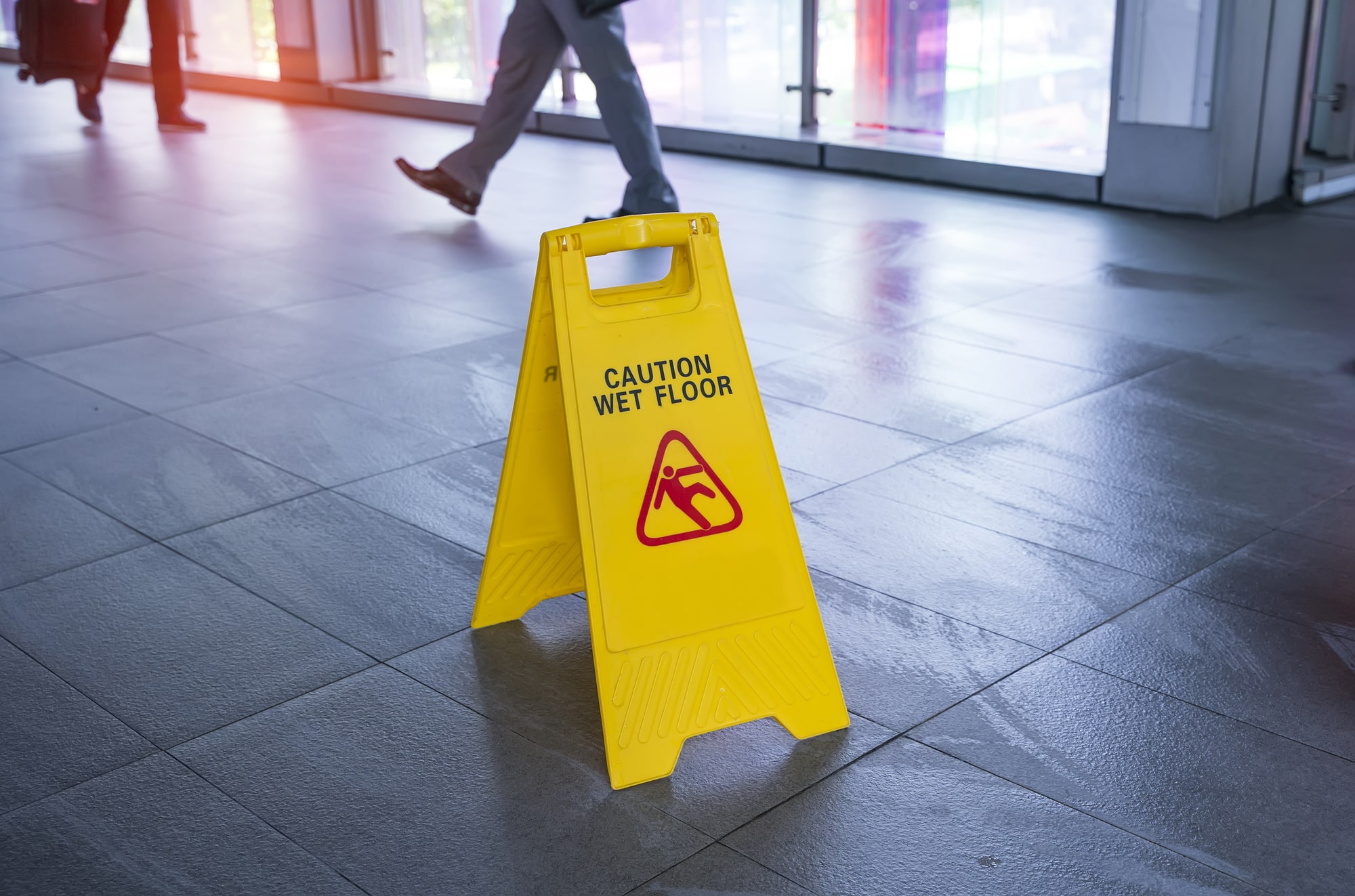Slip and Fall Lawyer
Our slip and fall lawyer will share that one of the most common types of personal injury claims are slip and fall cases, primarily because they are incredibly commonplace and can result in severe injuries that may include fractures, brain injuries, and spinal cord injuries. Despite their commonality, proving liability in slip and fall accidents can be complicated, often requiring a solid understanding of premises liability laws and the ability to effectively demonstrate negligence on the property owner’s part. Woron and Dhillon, LLC has provided the following insight, delving into the legal intricacies of proving a slip and fall accident and what it entails.
What is Slip and Fall?
A slip and fall accident falls under personal injury law, specifically, premises liability. This area of law stipulates that property owners have a legal duty to ensure the safety of those who use their premises. If they neglect this responsibility and an individual gets injured as a result, they can be held liable for the damages.
To successfully prove a slip and fall claim, the victim, typically with the help of a legal representative, must demonstrate four key elements:
Duty of Care
The first is duty of care, meaning the property owner had a legal obligation to maintain a safe environment. Establishing this can be straightforward in most instances, as duty of care generally applies to all premises that invite public patronages, such as businesses and private properties, when visitors are allowed.
Breach of Duty of Care
The second element is breach of duty, where the claimant must demonstrate that the property owner failed to fulfill their obligation to maintain safety. This could mean they were aware of a potential hazard, like a wet floor or a broken stair, and did nothing to fix it or warn others. Alternatively, it can be argued that the owner should have known about the danger because a “reasonable” person would have discovered and remedied it.
Causation
The third element involves showing causation – the victim must prove that the property owner’s breach directly caused the injury. If, for instance, a person slips on a wet floor not marked with a warning sign, they must show that this was the cause of their fall and subsequent injury.
Damages
The final element is damages, meaning the victim suffered some form of loss due to the accident. This loss can be physical, such as broken bones, but can also extend to emotional distress, lost wages, and medical expenses.
Evidence is Key
Evidence plays a crucial role in substantiating these elements. This might include photographs of the hazardous condition, video surveillance, accident reports, witness testimonies, and medical records. Hiring an expert witness, such as an engineer or safety expert, can help prove that the conditions were dangerous.
Comparative Negligence
However, it’s important to note that the legal principle of comparative negligence might affect the outcome of a slip and fall case. This principle suggests that if the injured person was partially at fault for the accident, the compensation might be reduced proportionally to their degree of fault.
Proving a slip and fall accident is a complex process, one that will require evidence and the clear establishment of each of the key elements to proving liability in cases of this nature. While the process can be challenging, reaching a successful outcome is possible, especially with support from an experienced lawyer.

